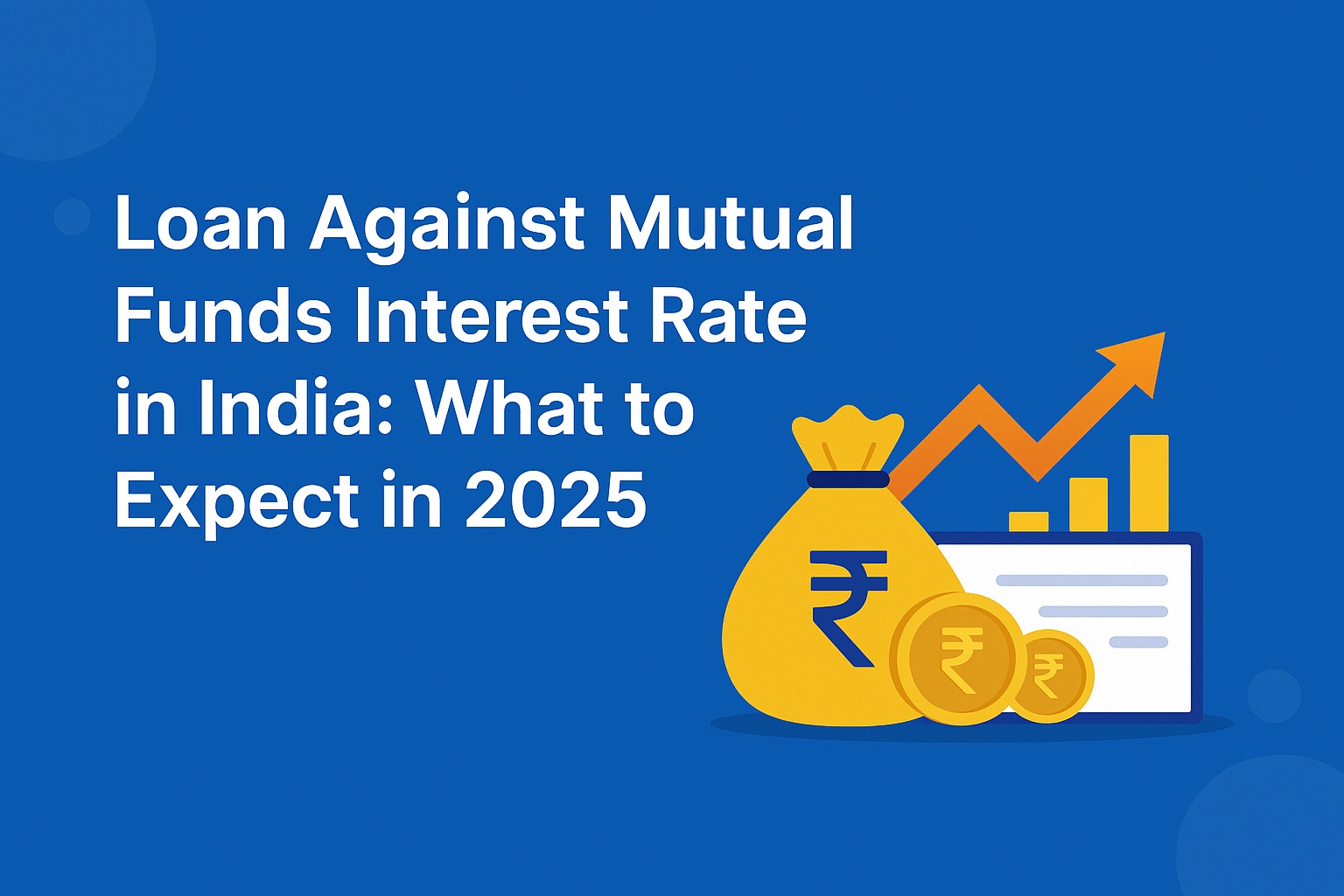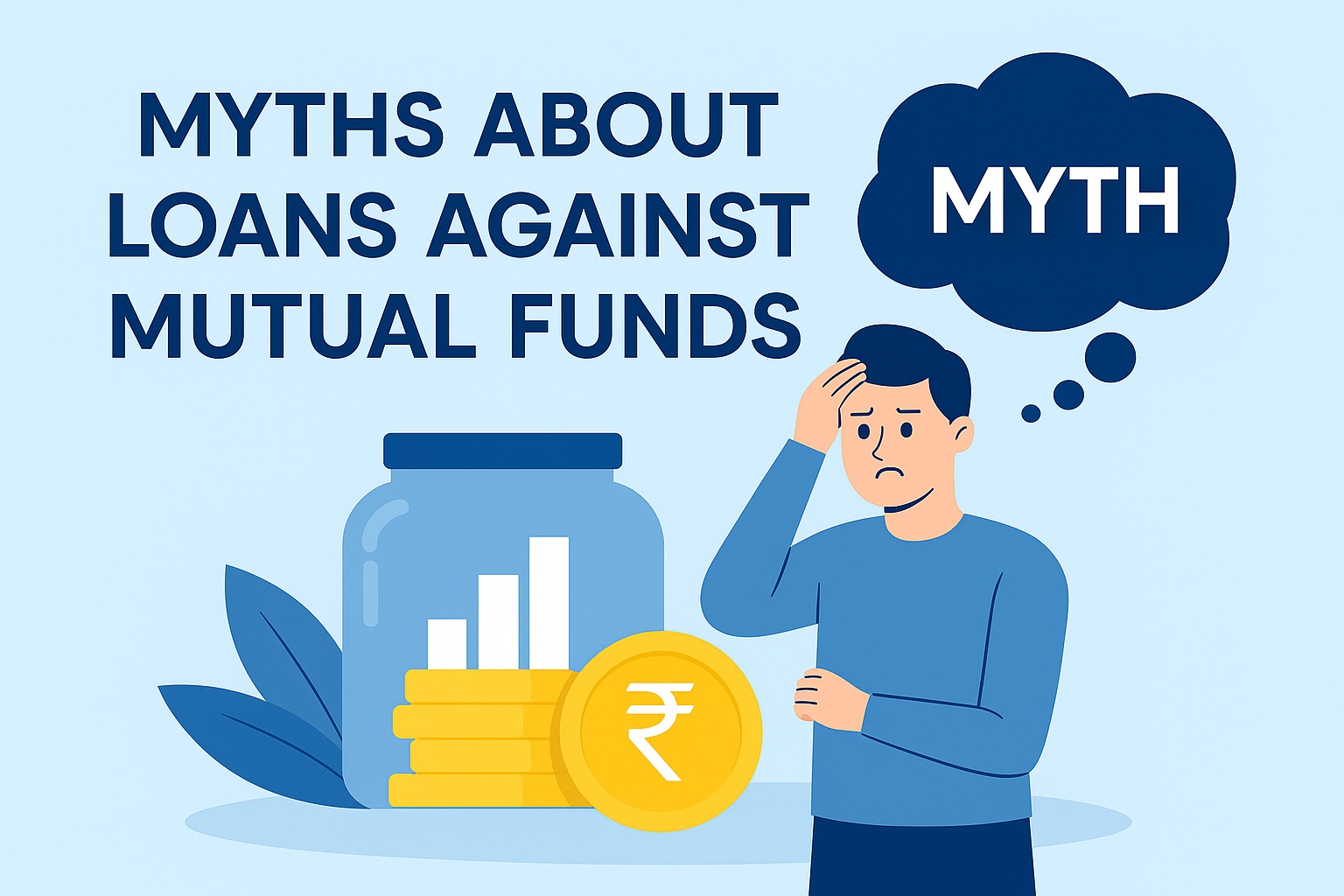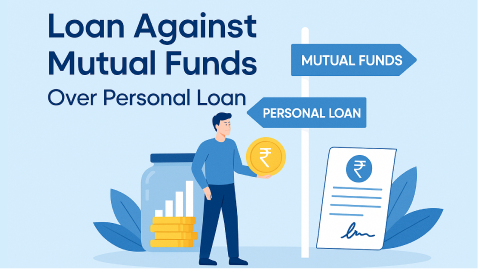
Unsecured personal loans represent one mode of financing that has become very popular these days since those seeking much flexibility do not necessarily have to pledge collateral. In the text below, we explain what they are, their uses, and compare them with secured loans.
What is an Unsecured Personal Loan?
It is known as an unsecured personal loan that does not require one to guarantee it against any collateral. The secured loan would give a home or a car guarantee; for the unsecured loan, it is that credit-worthiness and income that will be your only source of guarantee. This means if you default, nothing of yours will be seized by the lender, but you risk a bad credit score and collection action.
Unsecured loans most often have fixed interest rates and regular monthly repayments, which is why these offer so many advantages for many borrowers.
General Uses for Unsecured Personal Loans
There are quite a few uses of an unsecured personal loan that could prove to be helpful to one’s situation. Some of those are as follows:
- Debt Consolidation: Merging high-interest debts, such as credit card balances into one manageable payment at a potentially lower interest rate.
- Medical Expenses: Payer for unexpected or large medical bills without depleting savings.
- Home Improvements: Funding for home improvements or repairs without taking out a home equity loan.
- Large Purchases: Funding a major purchase like appliances or furniture.
- Emergency: Funding unexpected expenses, such as car repair or a trip.
- Unsecured versus Secured Personal Loans
The most important aspect of choosing between unsecured and secured is knowing the difference between them in relation to your personal circumstances.
Difference between Unsecured and Secured Loans
Secured loans can be described by noting that they are secured loans or collateralized loans, as a borrower pledges an asset, either a house or a vehicle, to act as a security for the loan. If the borrower defaults, the lender shall repossess the collateral.
Risk and Lender Requirements: Unsecured loans are riskier for the lender as no asset is there to be claimed in case of non-payment. Thus, lenders may ask for a higher credit score and may charge much higher interest rates than in a secured loan.
When to Choose an Unsecured Loan Over a Secured Loan
- Favourable Situations for Unsecured Loans: When you possess no valuable property or do not desire to risk your valuable property, then an unsecured loan is suitable.
- Favourable Situations for Secured Loans: When a relatively minor interest rate is required or when a large amount of loan is desired, secured loans are helpful.
Risks and Restrictions for the Borrower
- Risks of Unsecured Loan
More interest rates, risk of damaging credit history in case of delayed payment and more stringent criteria in terms of being eligible.
- Risk with Secured Loan
You’ll lose your collateral in case of default.
Advantages and Disadvantages of Unsecured Personal Loans
Knowledge of the pros and cons of an unsecured loan will guide you in choosing the best substitute for your needs.
Advantages of Unsecured Personal Loans
- No Collateral Needed: You don’t have to risk your house or car for this loan.
- Rapid Application: Comparatively lesser paper work and faster approval than a secured loan.
- Flexible Application: No binding on what you apply the money for.
Drawbacks of Unsecured Personal Loans
- Interest Rates: Rates tend to be higher compared to secured loans.
- Credit Score: The lender may require you to have a good or excellent credit score.
- Loan Amount: The loan amount may be lower compared to a secured loan. How to Qualify for an Unsecured Personal Loan
How to Qualify for an Unsecured Personal Loan
Credit Score
A good credit history is usually sought by lenders in the application process. Credit scores many times translate into better interest rates and loan terms. The chances of getting approved also increase with a good score.
DTI Ratio
The Debt-to-Income (DTI) Ratio is a critical financial metric that measures the percentage of your income that goes toward paying off debts. It’s often used by lenders to evaluate your financial health and ability to manage additional loans.
Understanding your DTI ratio isn’t just helpful when applying for a loan—it’s an essential tool for managing your personal finances effectively.
Income Verification and Employment Stability
Stable employment and a predictable income stream makes lenders confident that you would be able to make timely payments.
Tips to Increase Your Chances of Qualifying
- Improve Credit Score: Pay off different debts and make sure you pay all your bills on time.
- Debt Reduction: Reducing the overall existing debt will increase your DTI ratio.
- Comparison Shop: Compare various lenders along with the terms offered for the best deal.
Common Misconceptions About Unsecured Personal Loans
Clearing out common misconceptions makes the borrower constructive in his or her decisions.Some of which are as follows:
- Myth 1: Not everyone with good credit qualify for unsecured loans
Although a good credit score helps borrowers obtain better terms for loans, people with bad or average credit can qualify too although at higher interest rates.
- Myth 2: Unsecured loans are completely risk free to the customer
Failure to service an unsecured loan can incur serious implications such as a worse credit rating and even some legal action being taken against them.
Conclusion
While unsecured personal loans offer flexibility and accessibility, they come with risks of their own. Knowing the differences of these loans from secured loans, carefully weighing the pros and cons, and proper qualifications for your financial needs can make for a more informed choice. Above all, compare different offers to find your loan of choice for your specific situation.





